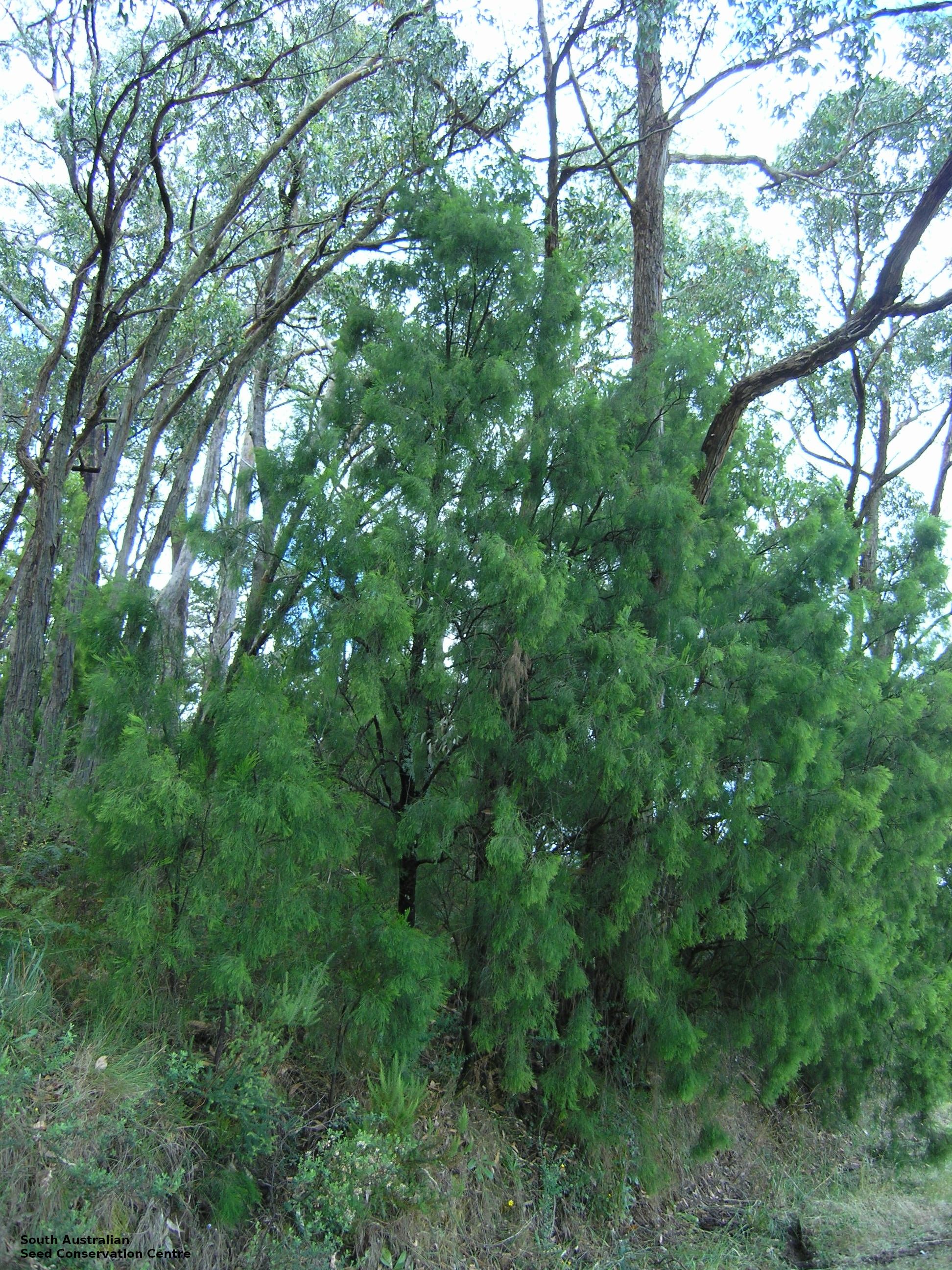
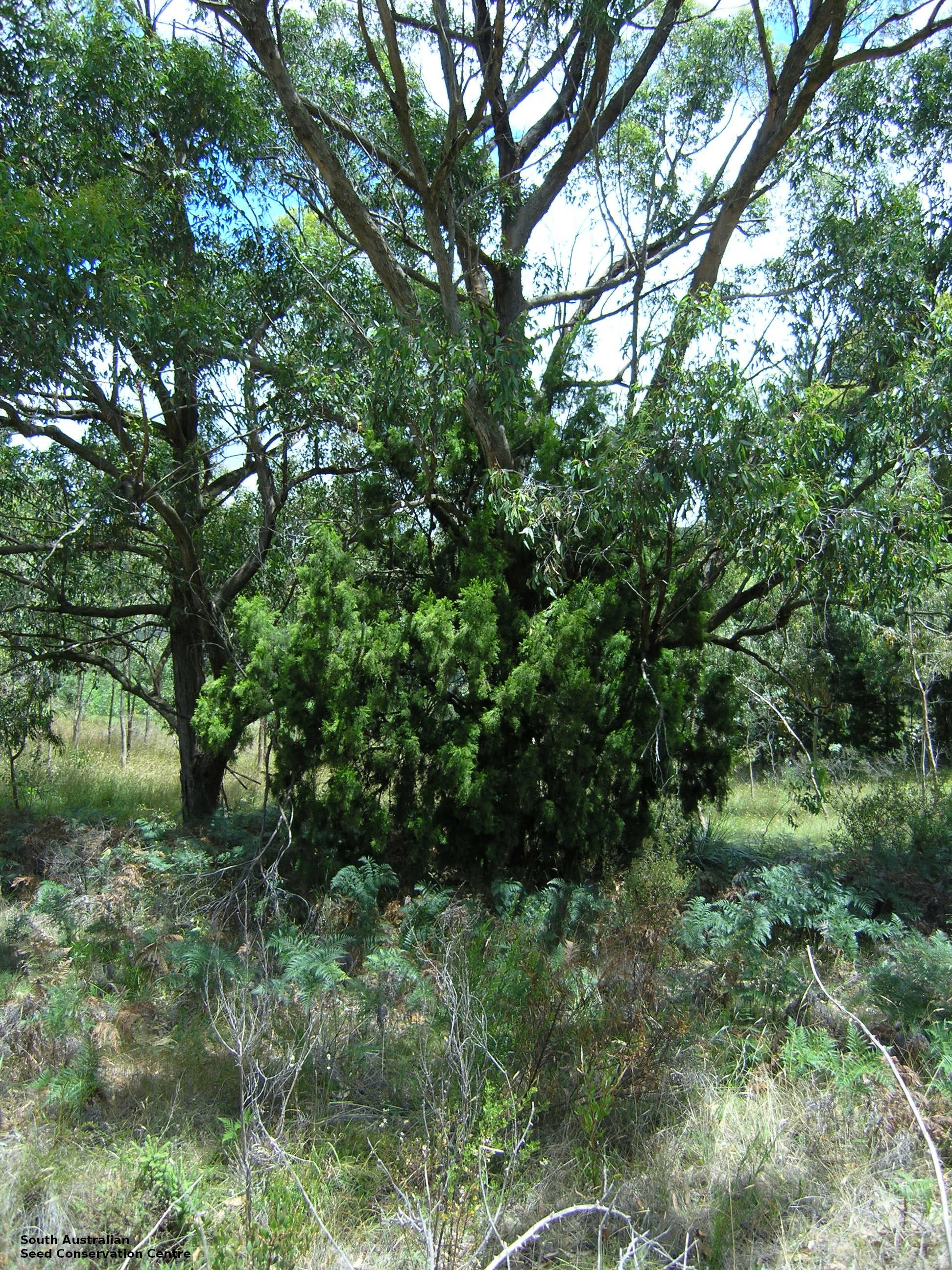
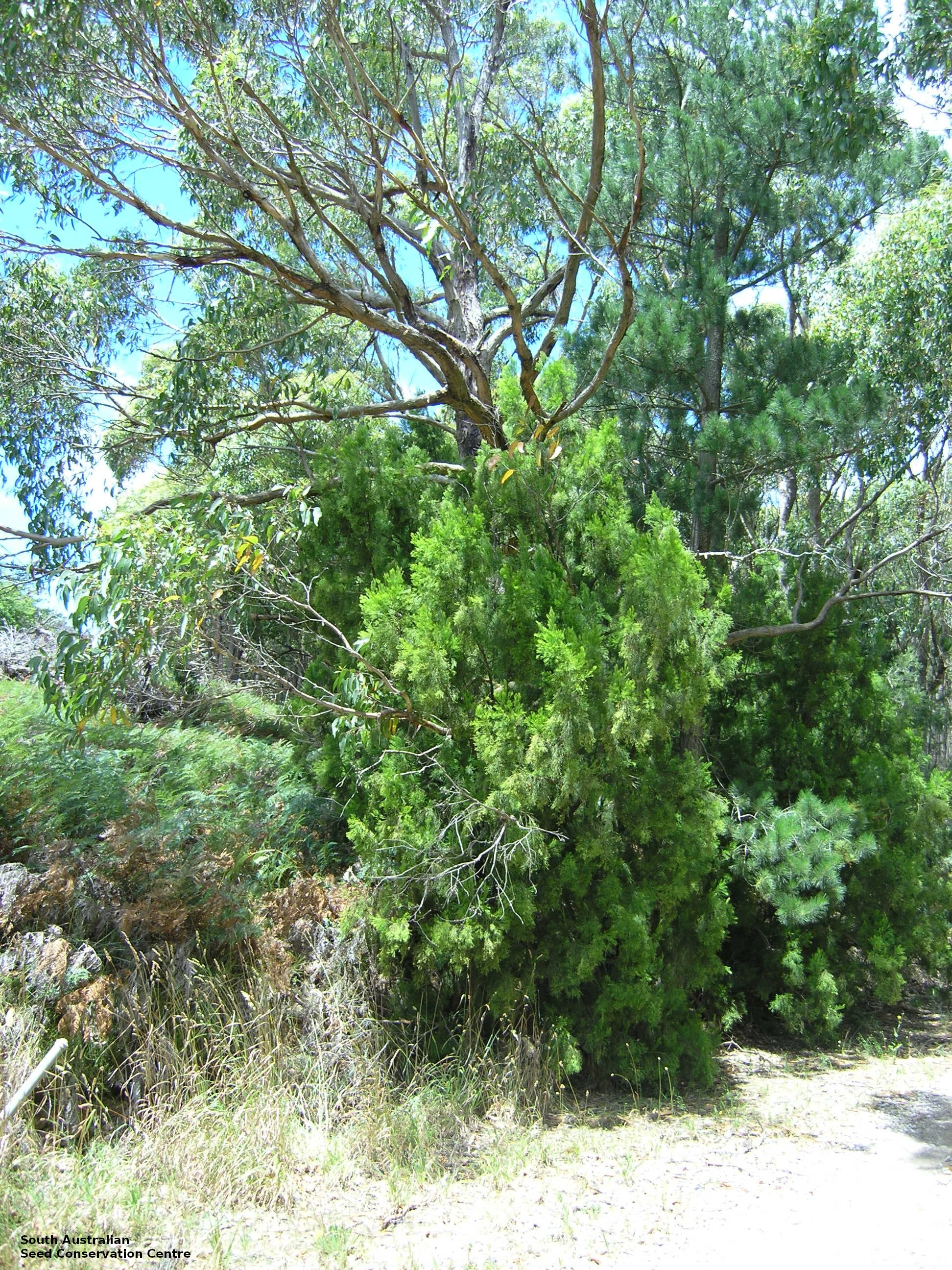
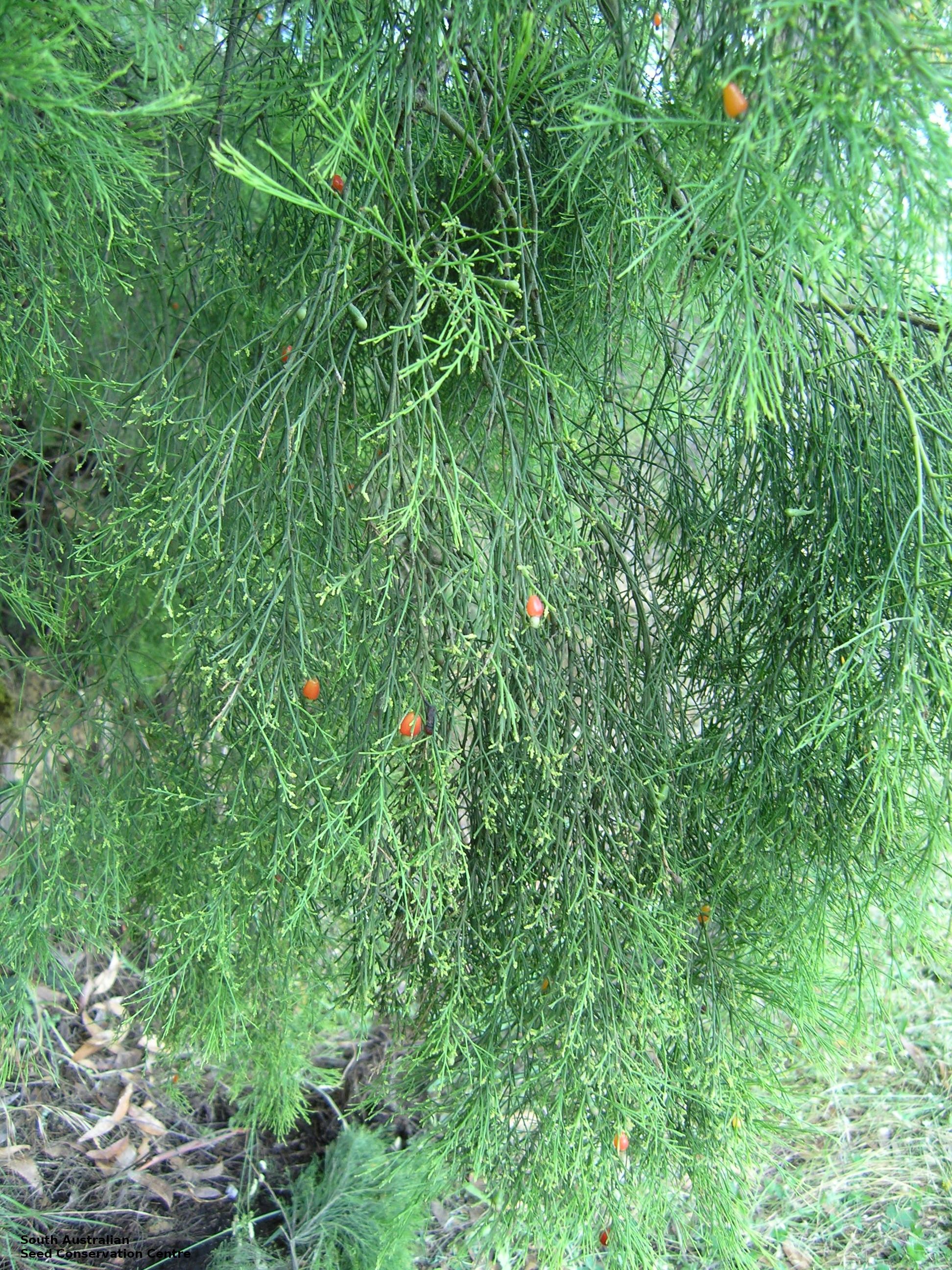
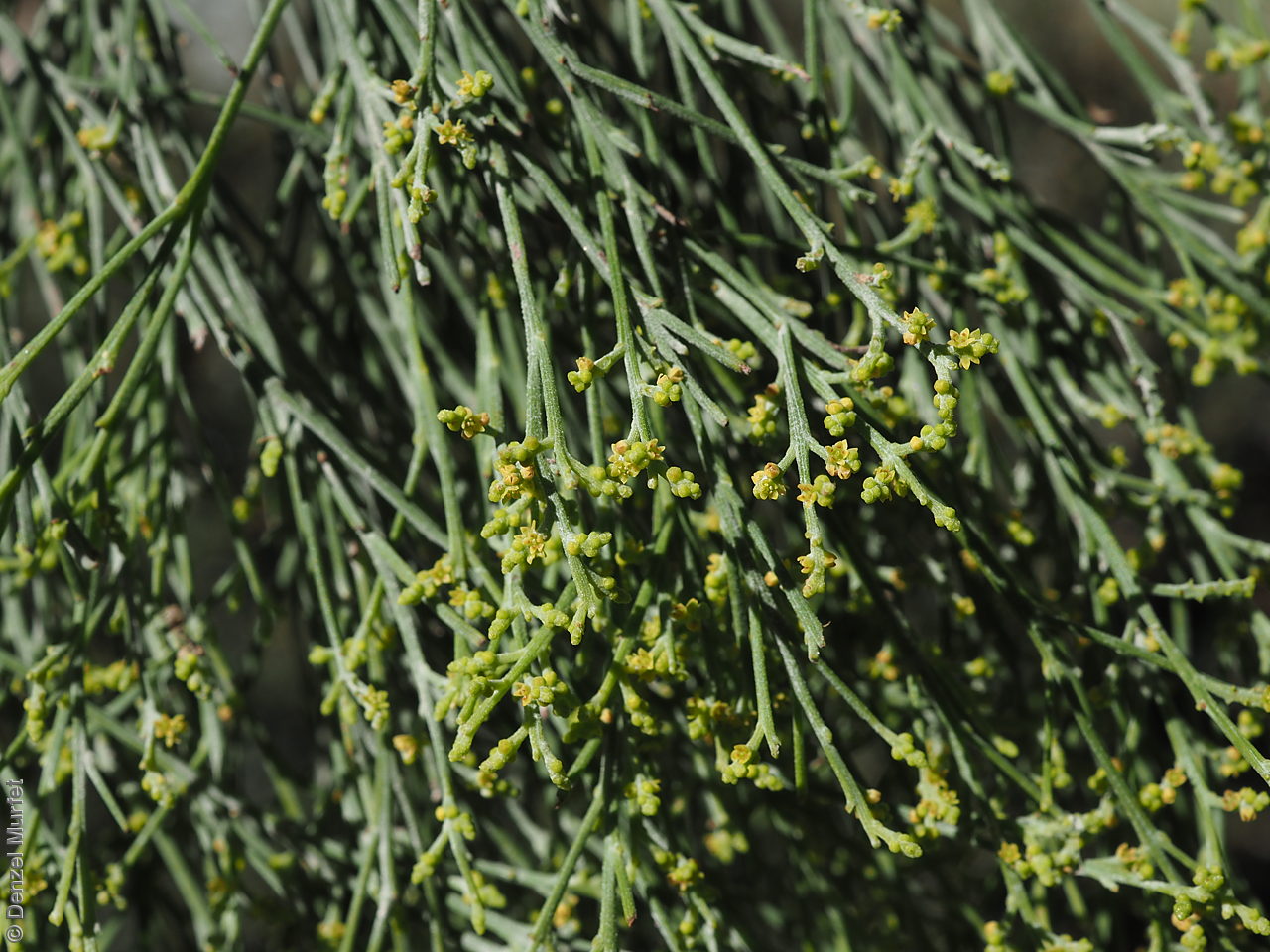
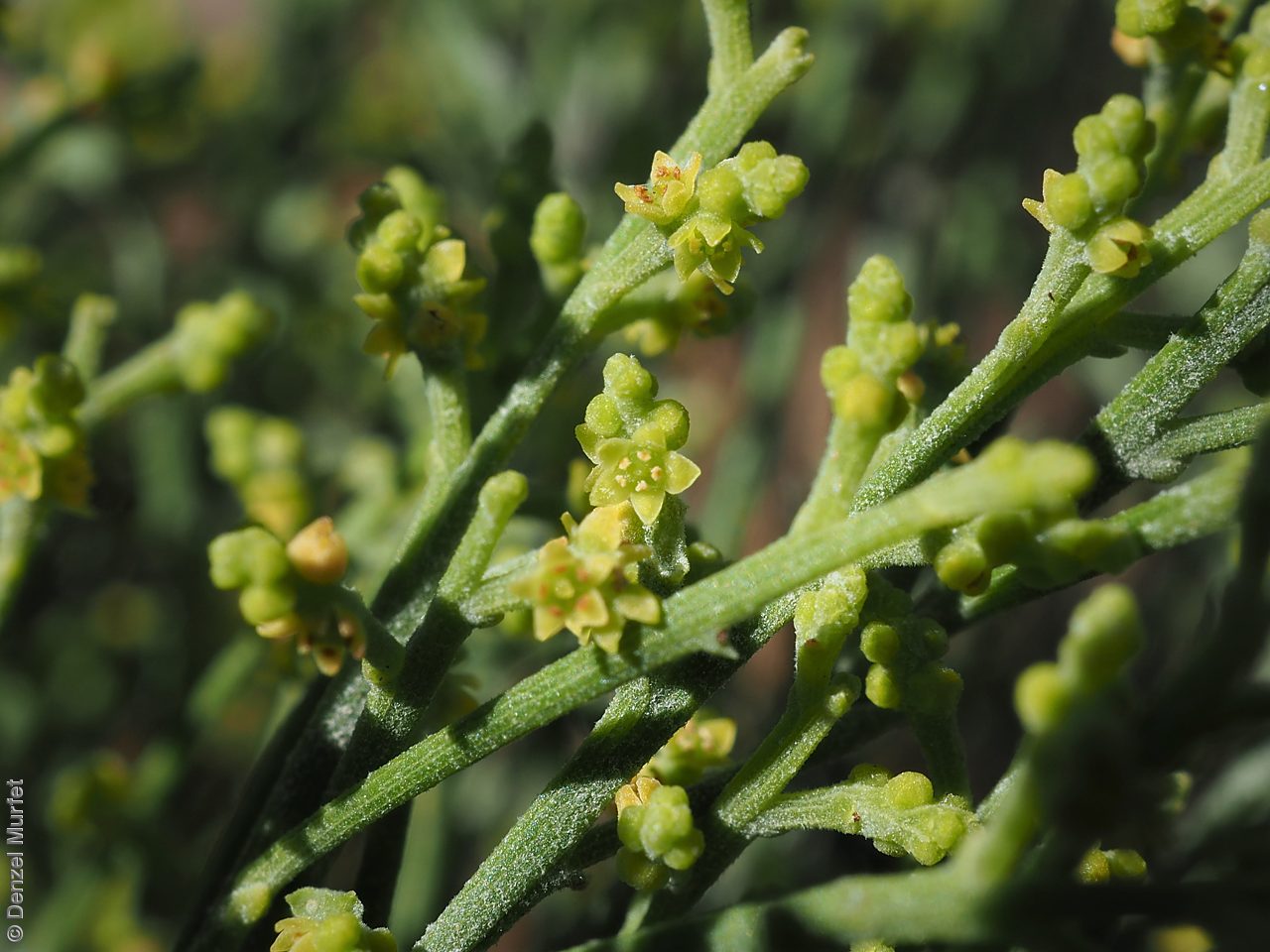
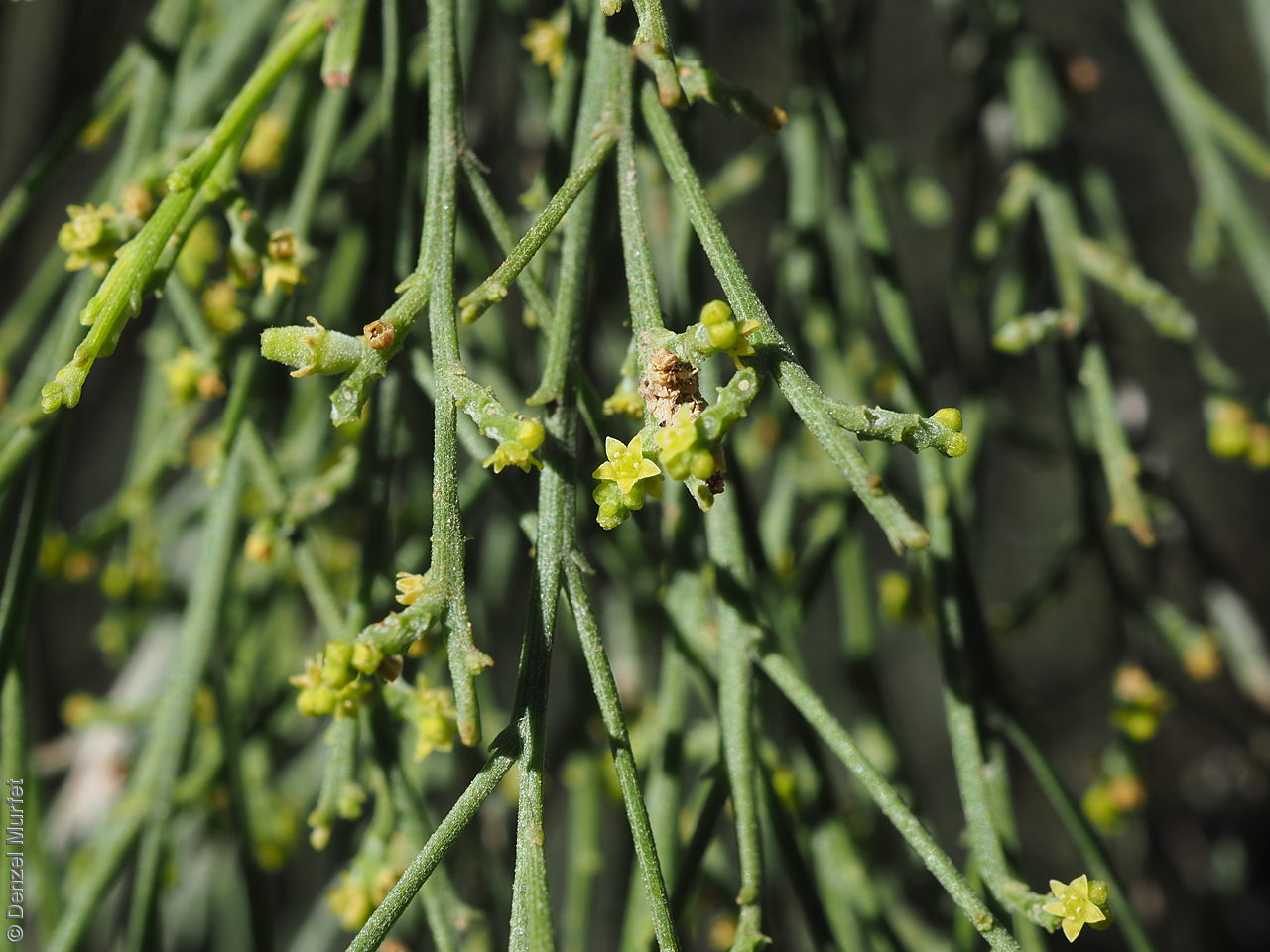
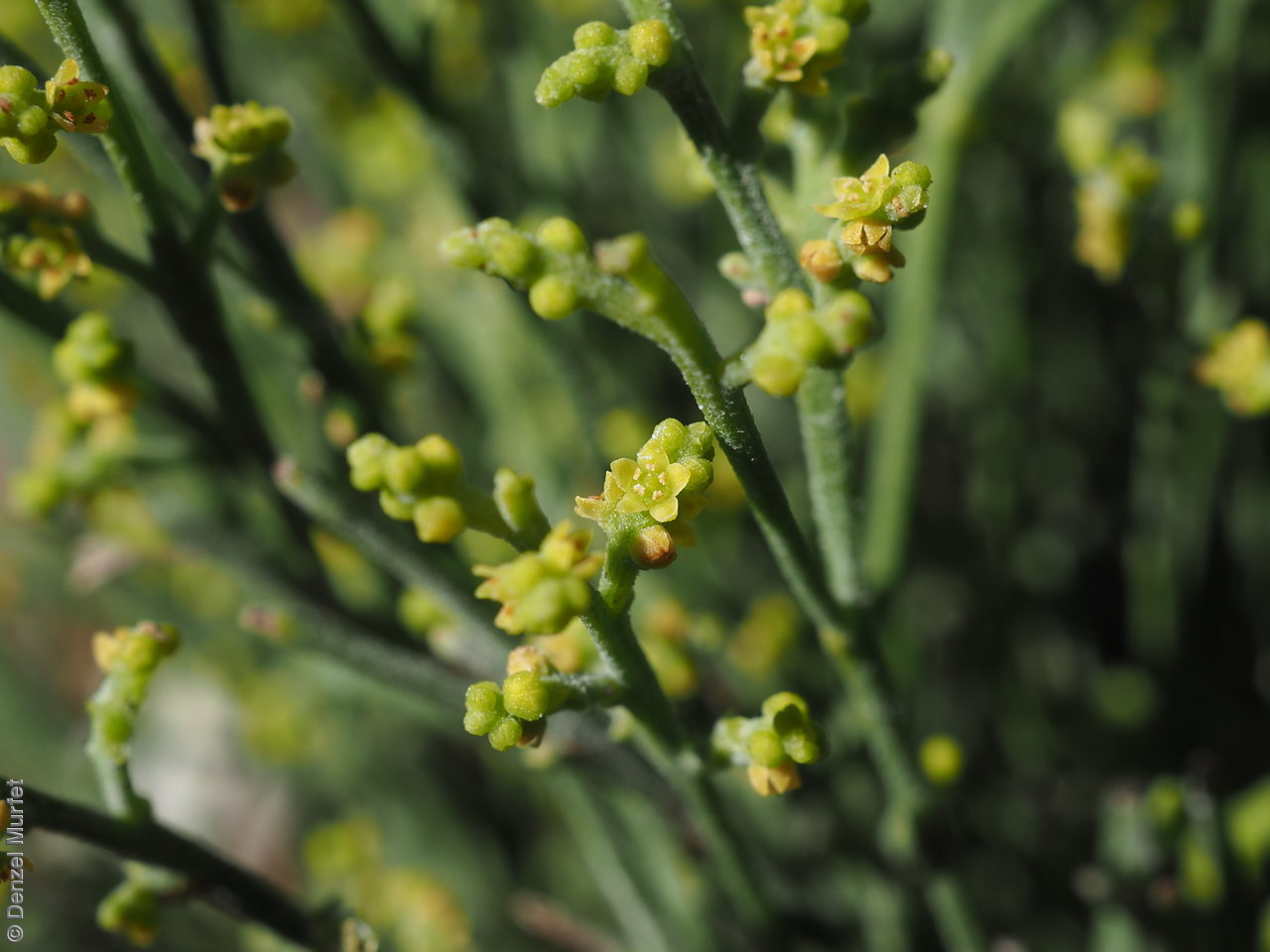
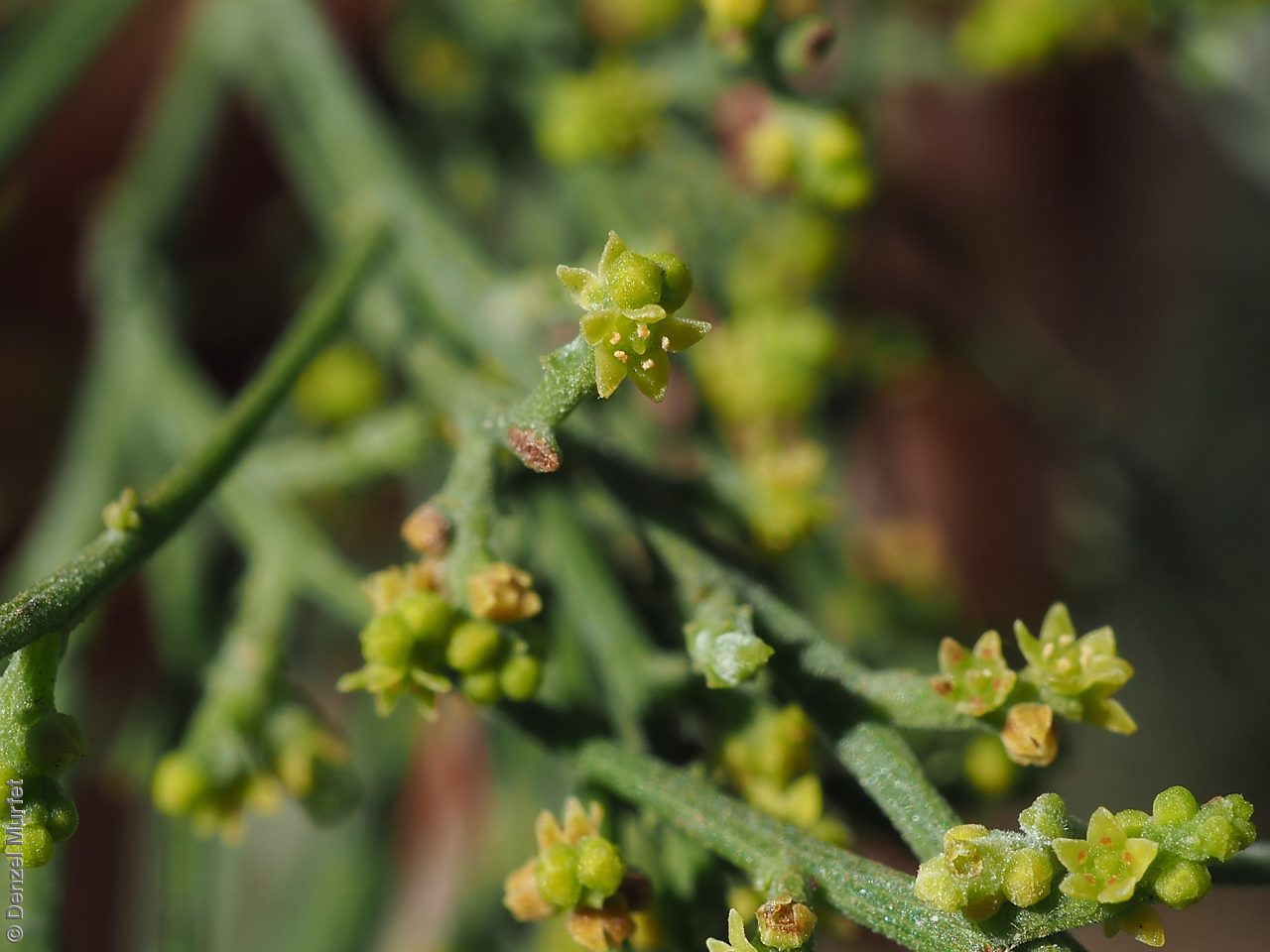
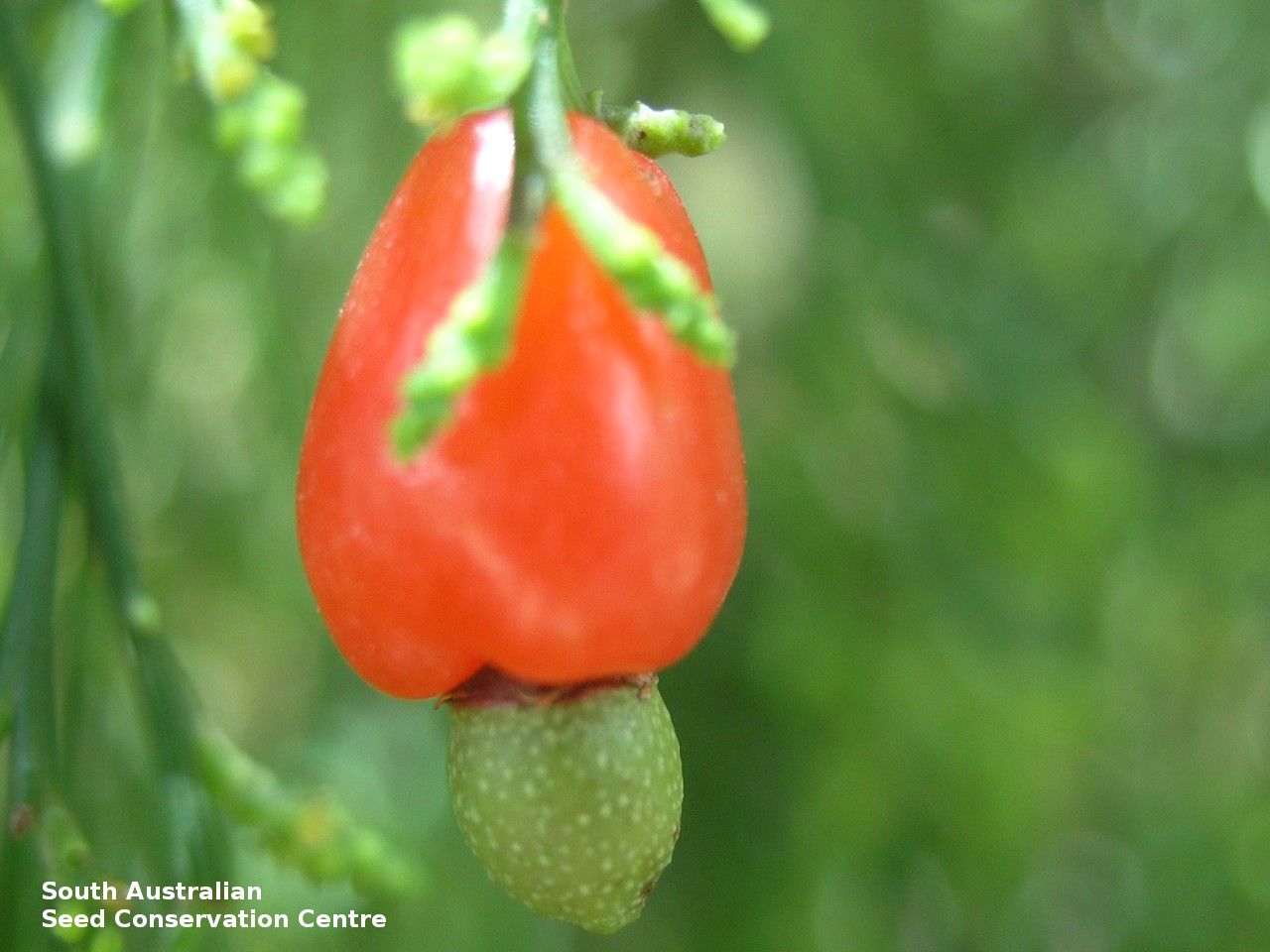
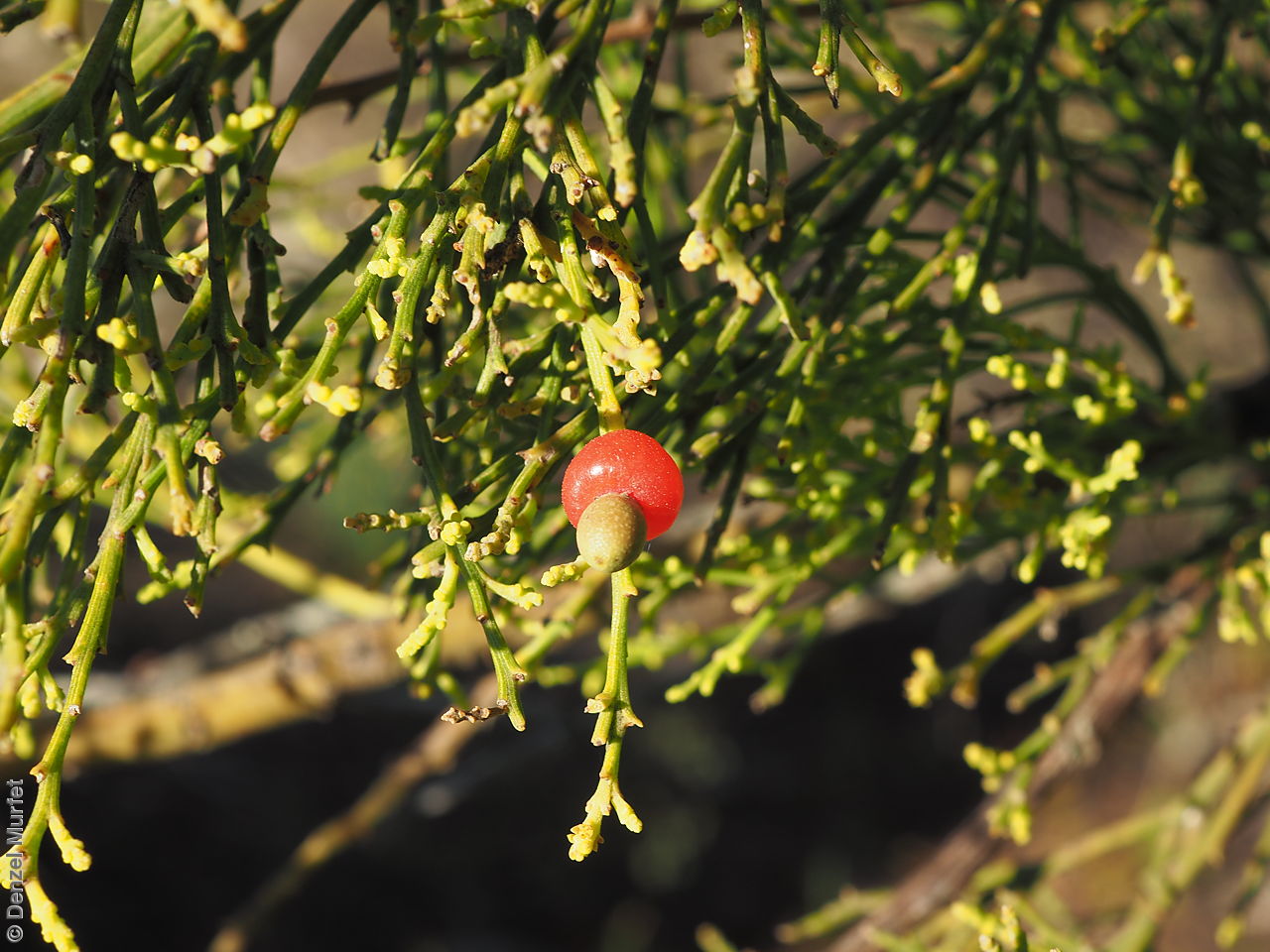
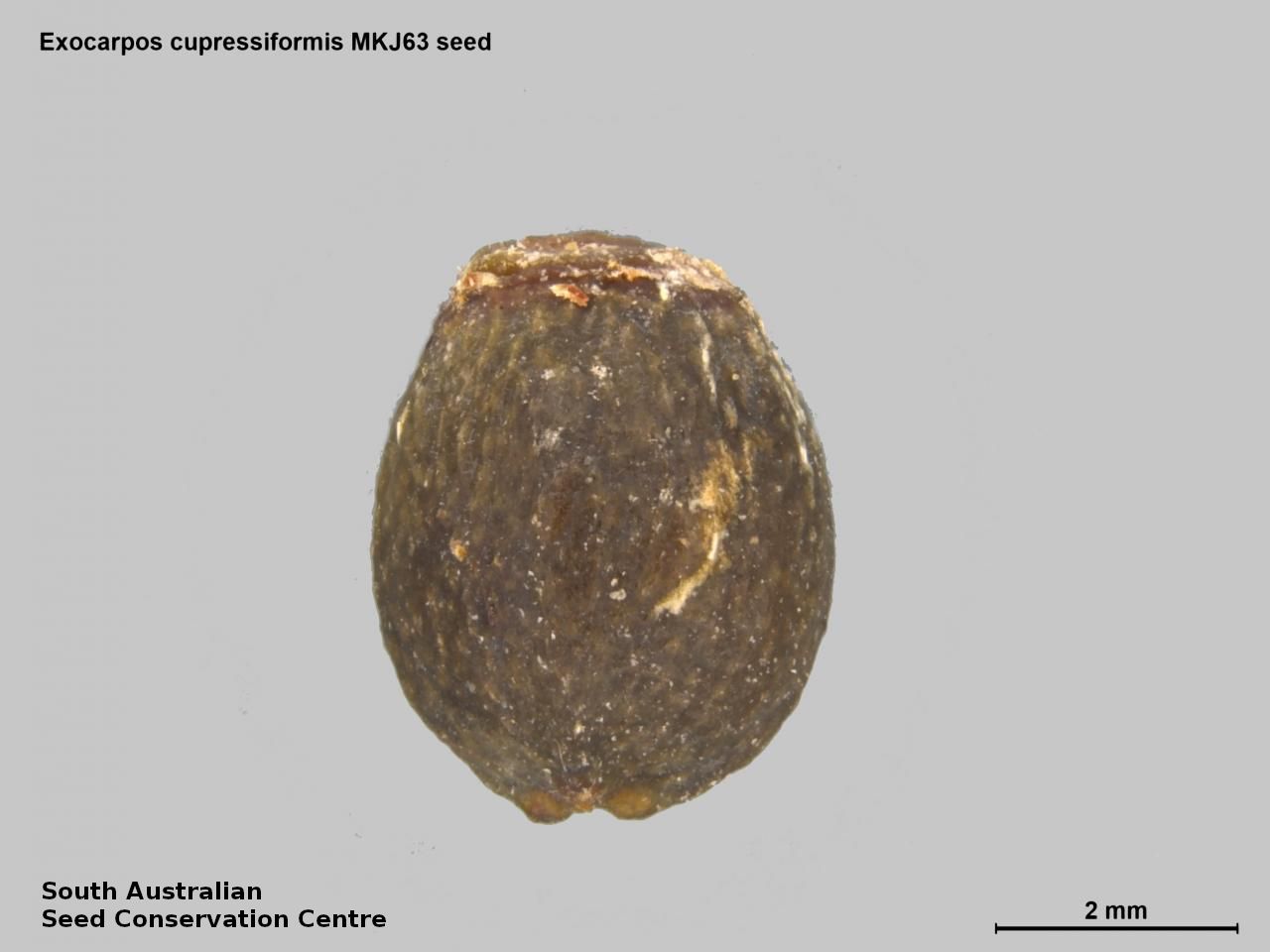
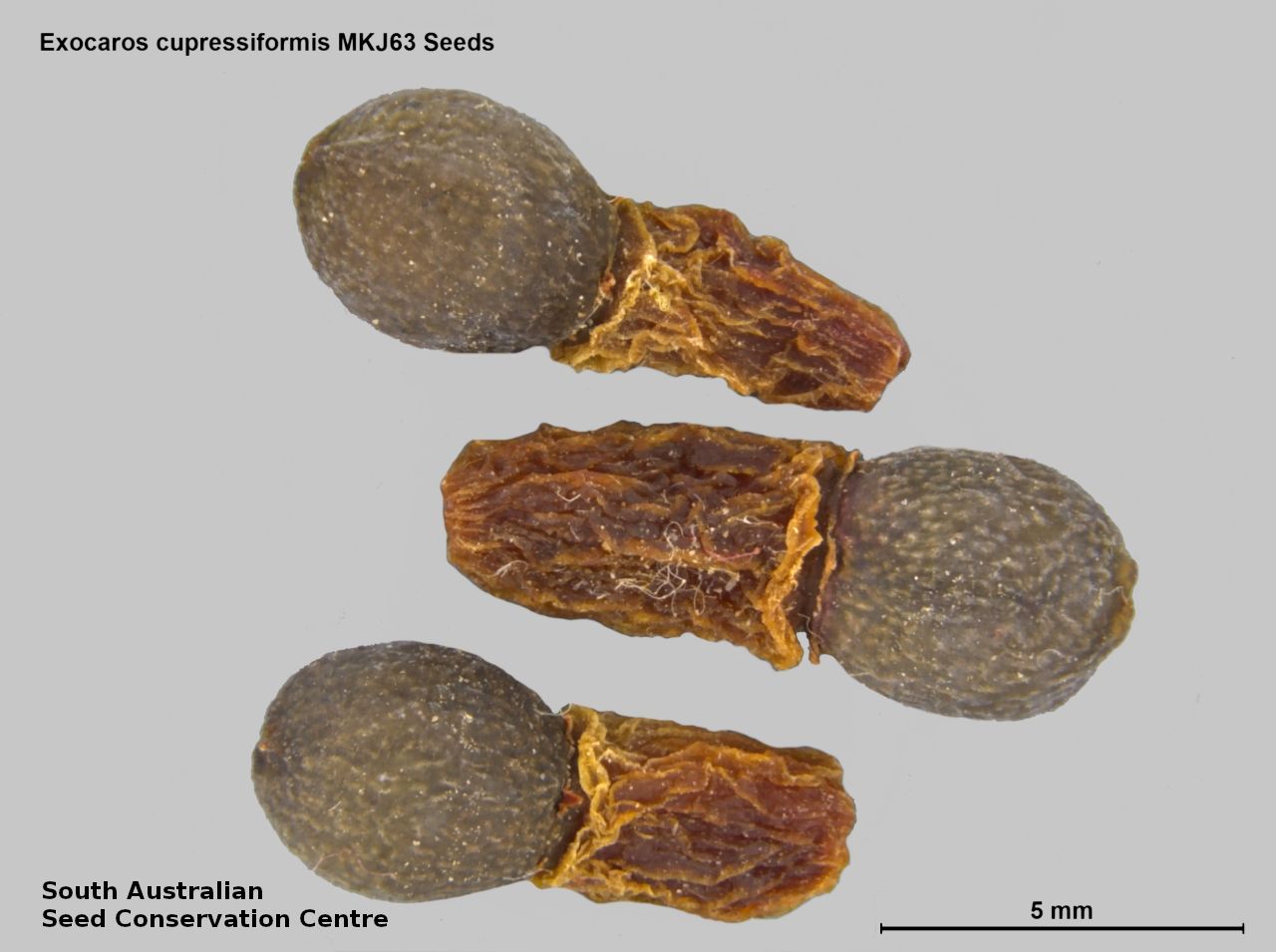

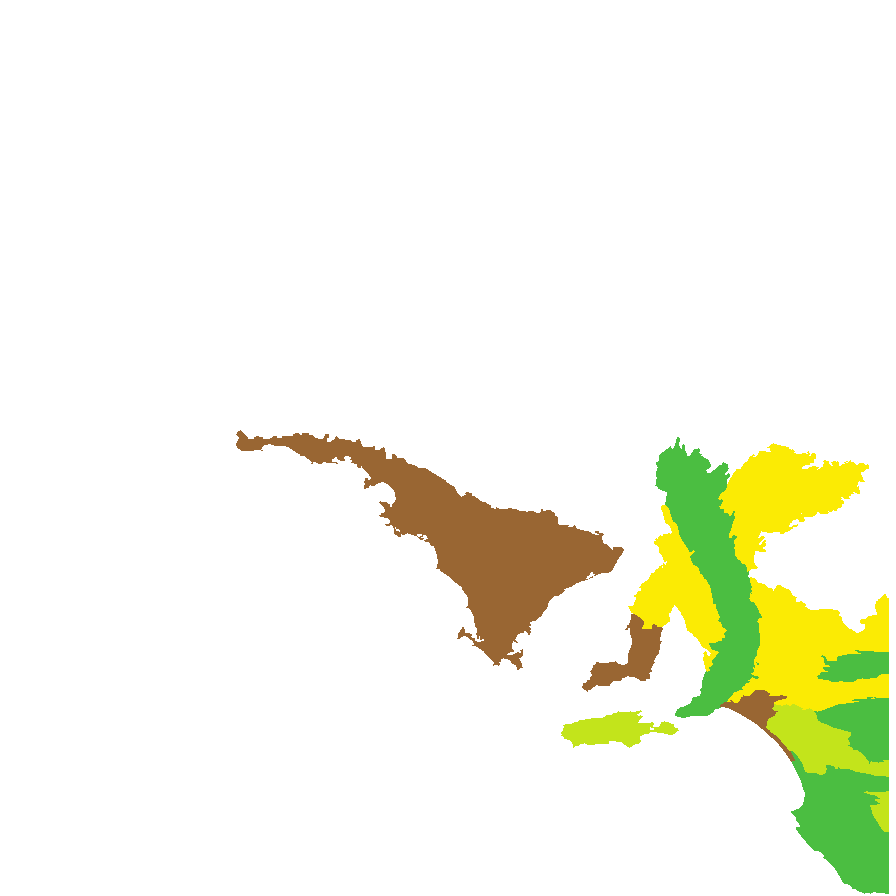
Botanical art
Prior names
Exocarpus cupressiformis, orth.var.
Xylophyllos cupressiformis
Exocarpos dasystachys
Common names
Cherry Ballart
Native Cherry
Etymology
Exocarpos from the Greek 'exo' meaning outside and 'caryon' meaning nut, referring to the succulent pedicel resembles a pericarp below the nut. Cupressiformis means shaped like the genus Cupressus (the classic Latin name for Italian Cypress).
Distribution and status
Found in the southern part of South Australia growing in lowland or foothills open-forests and woodlands in higher rainfall areas. Also found in Queensland, New South Wales, Victoria and Tasmania. Native. Common in South Australia. Common in the other States.
Herbarium regions: Flinders Ranges, Eyre Peninsula, Northern Lofty, Murray, Yorke Peninsula, Southern Lofty, Kangaroo Island, South Eastern, Green Adelaide
NRM regions: Adelaide and Mount Lofty Ranges, Eyre Peninsula, Kangaroo Island, Northern and Yorke, South Australian Arid Lands, South Australian Murray-Darling Basin, South East
AVH map: SA distribution map (external link)
Plant description
Dense shrub or tree to 8 m high with larger spreading or erect, scabrous branches; smaller branches slender, green, pendulous, furrowed. Leaves persistent only on branchlets, reduced to minute spreading triangular or lanceolate scales usually 1-2 mm long. Inflorescence sessile, in short pedunculate spikes, usually only 1 in each spike; fertile, with tiny yellow-green flowers. Flowering between October to May. Fruits are fruit consists of two parts, fleshy, red pedical (top part) and deep red ovoid to globular nut (bottom part). Seeds are woody brown globular seed to 5 mm long and 4 mm wide with a fleshy orange aril at one end. Seed embryo type is linear underdeveloped.
Seed collection and propagation
Collect seeds between January and June. Collect maturing fruits, the top aril is large, succulent, orange, pink or red and bottom bit is hard and red. Leave fruits to dry and harden before storing. Fleshy aril can be removed but it can be stored with the seed. Store the seeds with a desiccant such as dried silica beads or dry rice, in an air tight container in a cool and dry place. Predation of seeds can be high, however, seed viability is also high. This species is generally difficult to germinate, it has morphophysiological dormancy and complex germination requirements.
| Location | No. of seeds (weight grams) | Number of plants | Date collected | Collection number Collection location | Date stored | % Viability | Storage temperature |
|---|---|---|---|---|---|---|---|
| MSB | 1,870 (161 g) | ~40 | 28-Dec-2004 | MKJ62 Southern Lofty |
Number of plants: This is the number of plants from which the seeds were collected.
Collection location: The Herbarium of South Australia's region name.
% Viability: Percentage of filled healthy seeds determined by a cut test or x-ray.